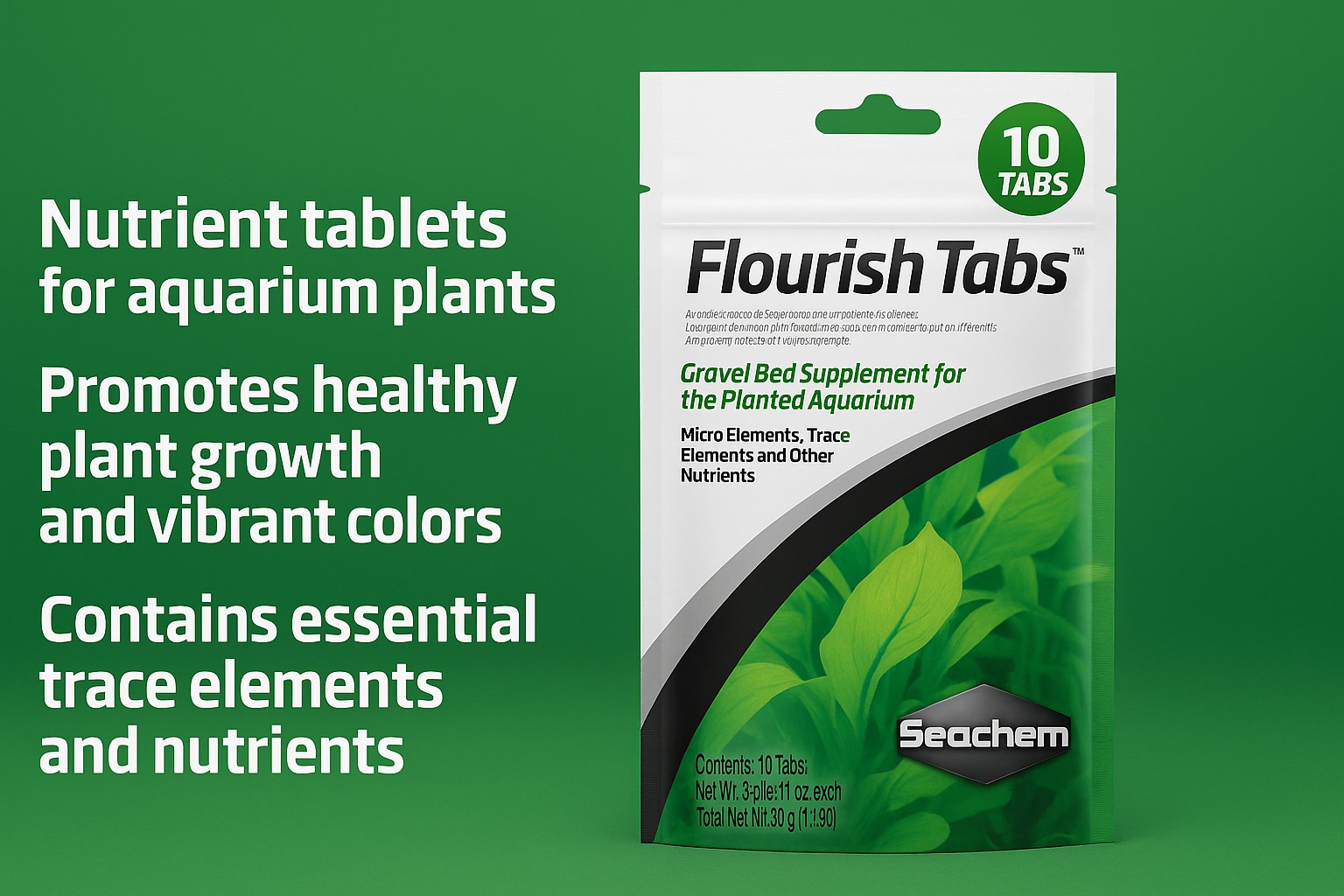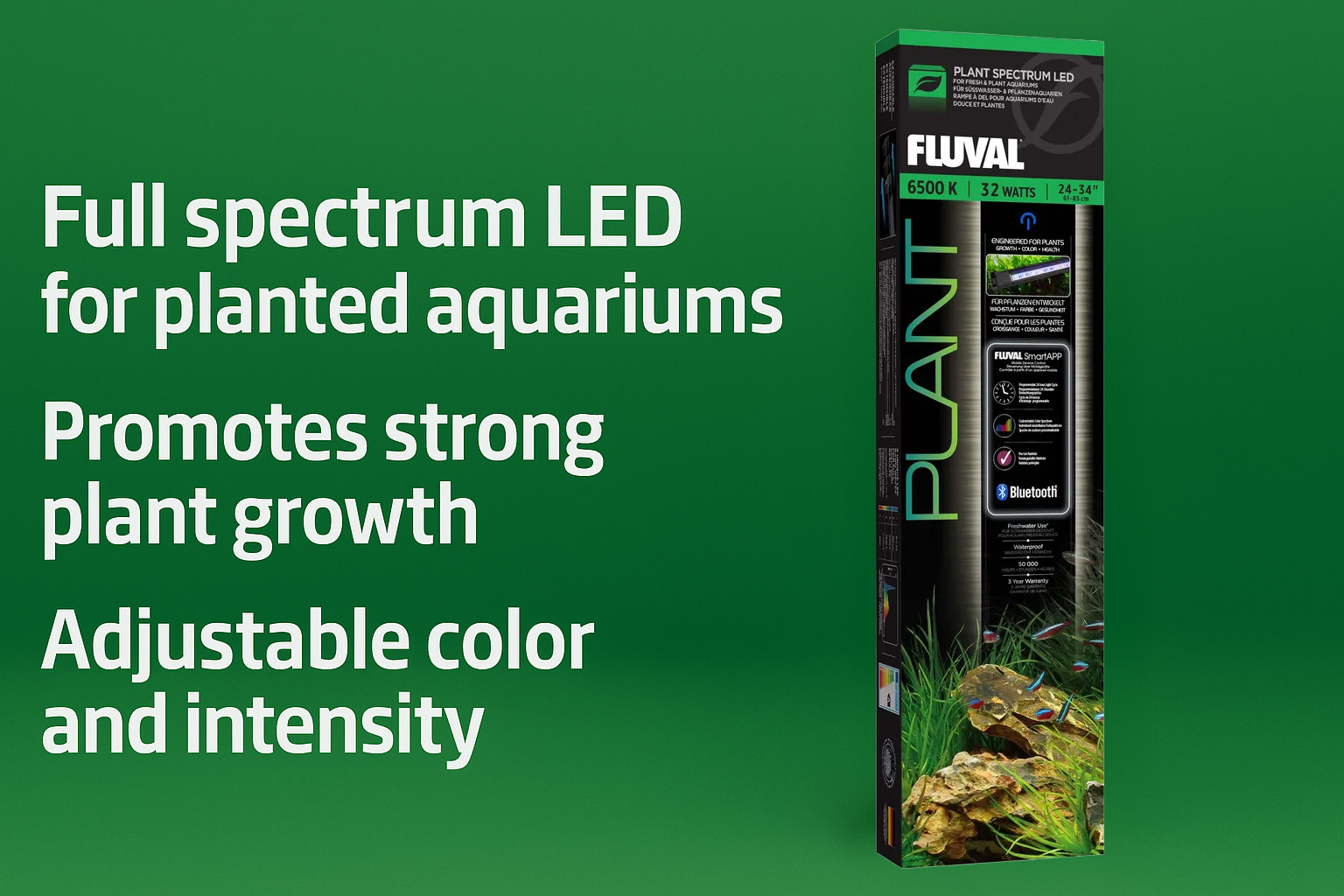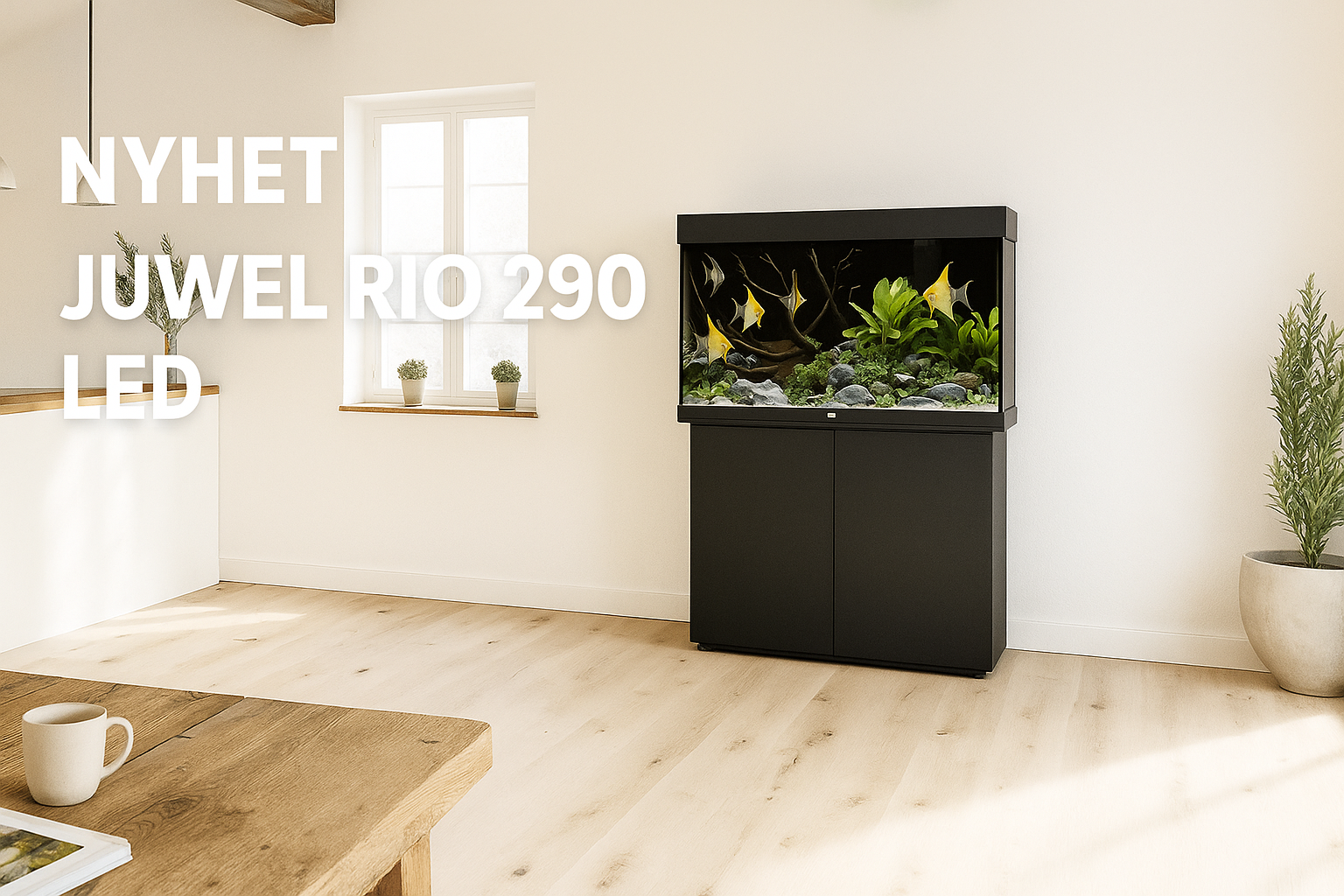Någon som vet hur man säkert blir av med dem?
Jag har tömt akvariet och kastat all inredning, allt grus osv, men vill rengöra akvariets insida ordentligt med...
Eftersom jag gillar posthornssnäckor vill jag vara helt säker på att bli av med de läbbiga snäckiglarna!
http://i100.photobucket.com/albums/m12/Matsvin/aquarium/iglar/igel8juli08.jpg









